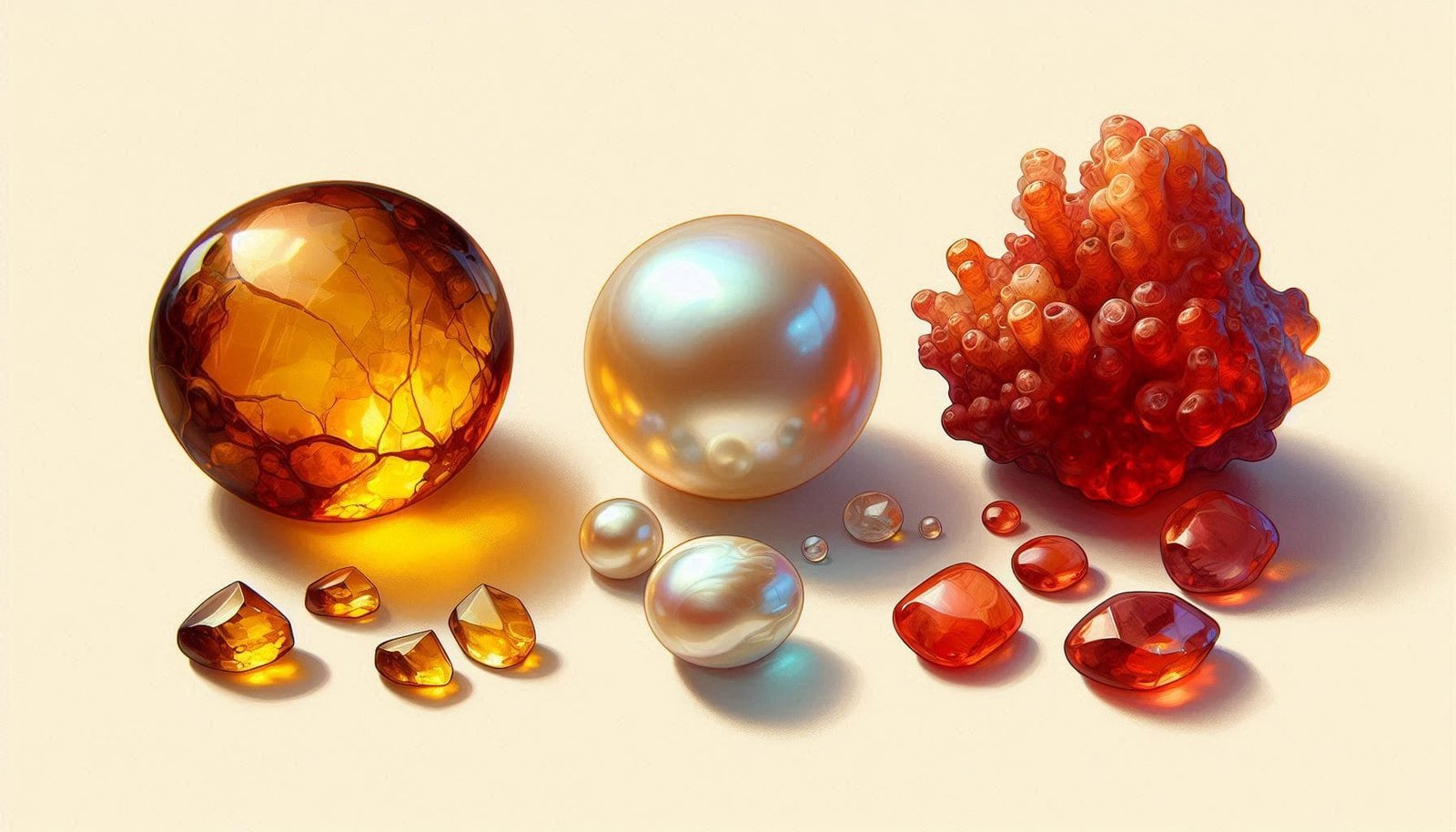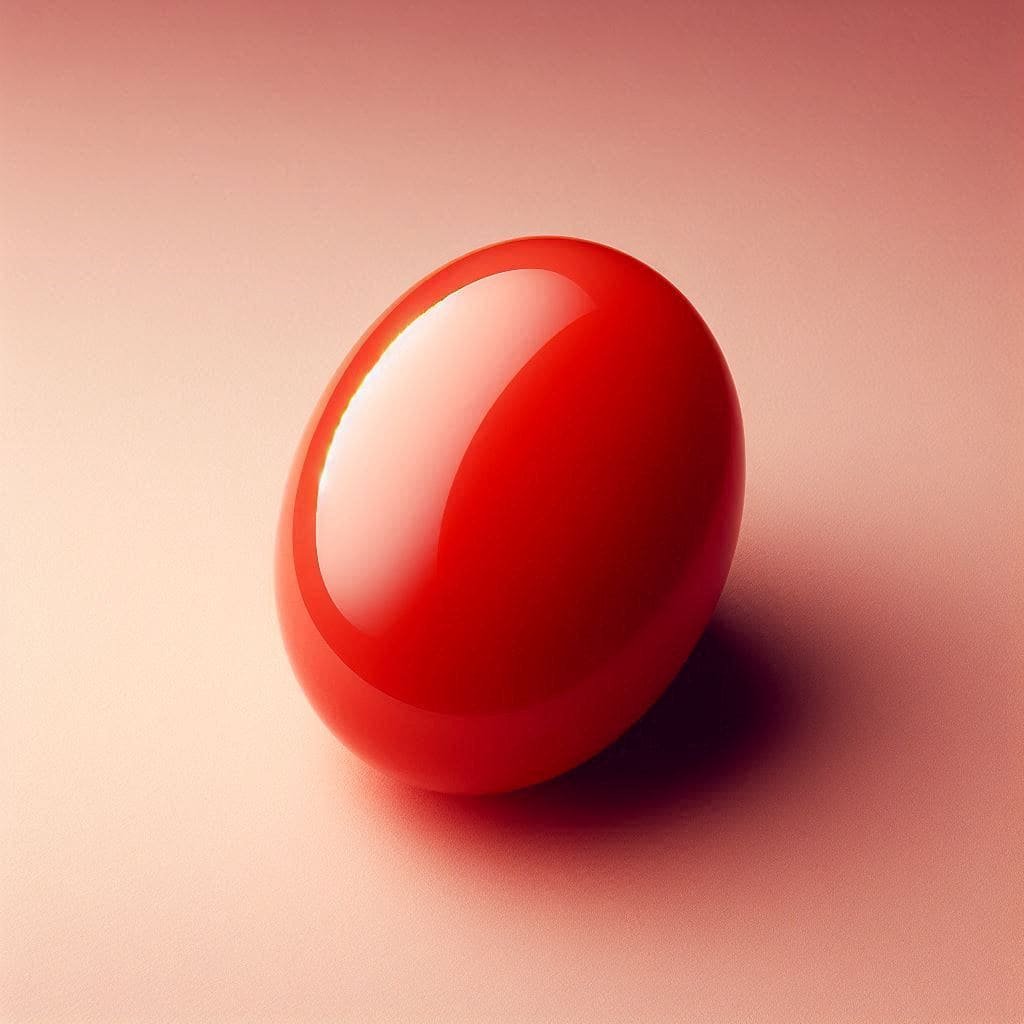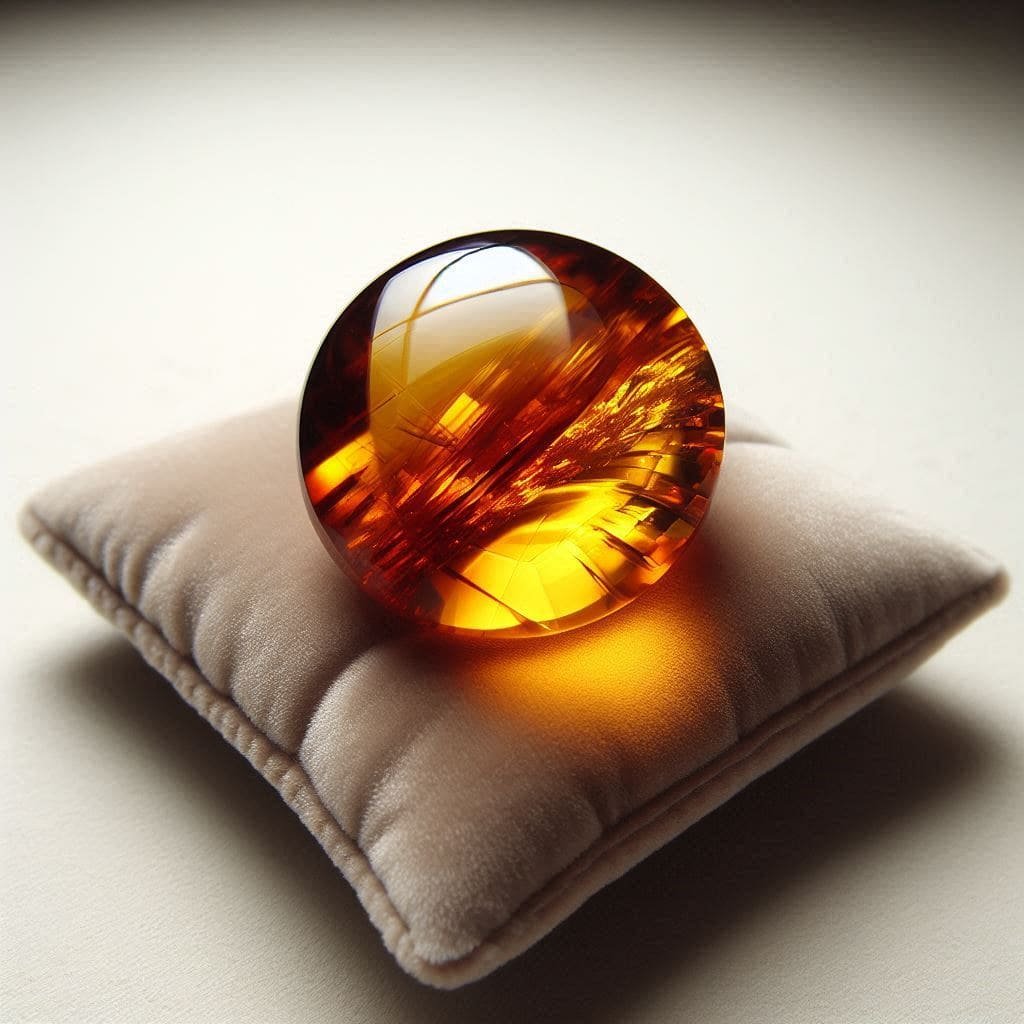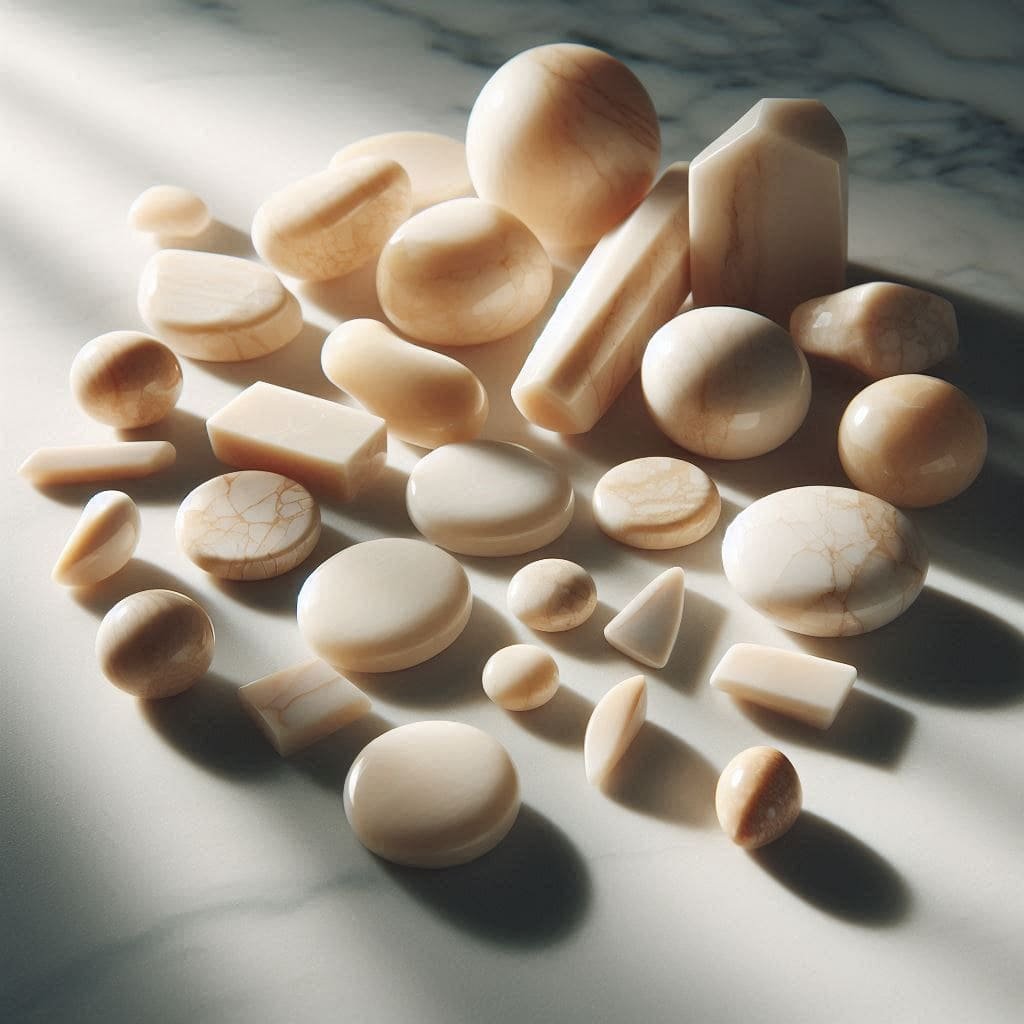Need astrology consultancy?
Pay rupees 600 through QR code below and fill the form.


Some gems are made from the biological processes of animals or plants. Such gems are called organic gemstones. These come from the dead or living parts of a marine organism or tree gum. Some super-rare materials, such as dinosaur bones, can also be found in such gems. Some of these gems are obtained by farming nowadays, such as pearls.
After that, gemstones are cut or used to make decorative items. Let us know which gemstones come in the organic category.

Coral (Hindi name—munga) is an organic gemstone formed in warm, shallow marine water as a branch-like calcareous framework by a microscopic marine organism (coral polyp). The accretion of colonies of these tiny marine animals forms it. The two main species are Corallium rubrum and Corallium mobile. Comes in almost all colours, but the most common are white, cream, pink, or red. Pink coral is from Taiwan.
PHYSICAL PROPERTIES;
Composition – calcium carbonate
Hardness – 3 to 4 on the Mohs scale
Gravity – 2.6 to 2.7
Refractive Index – 1.48 – 1.66
Transparency – Opaque
Feel to touch – cool to touch initially, Waxy

Pearls form inside a pearl oyster due to the concentric deposition of nacreous layers. Pearls are classified into two basic categories: natural and cultured. The term ‘synthetic’ must not be used with respect to pearls. Materials that simulate or resemble pearls but lack their composition or structure are known as imitation pearls.
PHYSICAL PROPERTIES;
Composition – Calcium carbonate and protein
Hardness – 2.5 to 4.5 on the Mohs scale
Gravity – 2.6 to 2.85
Refractive Index – 1.52 – 1.69
Transparency – Opaque
Feels – Cool to touch initially

Amber is the gum of aged pine trees that dries and hardens over time. It is so hard and shiny that it is carved and used as a gemstone. The most common colours are orangish-brown and brown, but they can be white, bluish, or even black. Small parts of trees, plants, vegetation, insects, moths, mosquitoes, etc., can be seen very commonly in it. These can remain protected inside it for hundreds of years.
PHYSICAL PROPERTIES;
Composition – fossilized resin with succinic acid
Hardness – 2 to 2.5 on the Mohs scale
Gravity – 1 to 1.08 (very light-weight gem)
Refractive Index – 1.52 – 1.54
Transparency – Transparent to opaque
Electric Conductivity – Poor conductor of heat, warm to the touch
Fracture – Conchoidal

Ivory is the white-to-cream-colored tusks from an elephant or other large mammals like walruses, hippos, or wild boars. The elephant tusk is the most valuable and is banned in most countries, including India.
PHYSICAL PROPERTIES;
Composition – Mainly hydroxyapatite,(75% mineral and 25% organic material)
Hardness – 2 to 3 on the Mohs scale
Gravity – 1.7 to 2
Refractive Index – 1.54
Transparency – Opaque

Jet is a variety of bituminous coal (the lowest rank of coal), derived from the wood of Araucariaceae family trees, that is transformed into gems due to extreme pressure and heat. It is a dark brown or black-colored gemstone with a metallic sheen. Occasionally, it may mix with pyrite gemstones. It was popular in mourning jewellery in Victorian England.
Jet is found in two forms, soft and hard. Hard jet is the result of carbon compression with salt water, and soft jet is the result of carbon compression with fresh water. It may induce an electric charge when rubbed.
The name “jet” derives from the French word jaiet, ultimately referring to the ancient town of Gagae. The adjective “jet-black,” meaning as dark a black as possible, derives from the material.
PHYSICAL PROPERTIES;
Composition – Carbon (about 75%), with hydrogen, oxygen, and sulfur
Hardness – 2.5 to 4 on the Mohs scale
Gravity – 1.30 to 1.34
Refractive Index – 1.66
Transparency – Generally opaque
Electric Conductivity – Poor conductor of electricity
Fracture – Conchoidal, uneven.

As the name suggests, we get it from the turtles. The shell of certain species of tortoise is used as a gemstone in jewelry. It has yellow and brown spots; sometimes it also has white spots.
PHYSICAL PROPERTIES;
Composition – protein (β-keratin)
Hardness – 2.5 on the Mohs scale
Gravity – 1.25 to 1.35
Refractive Index – 1.55
Transparency – Semi-transparent (not fully opaque or transparent)
Pay rupees 600 through QR code below and fill the form.

No account yet?
Create an Account
One thought on “ORGANIC GEMSTONES”
Comments are closed.